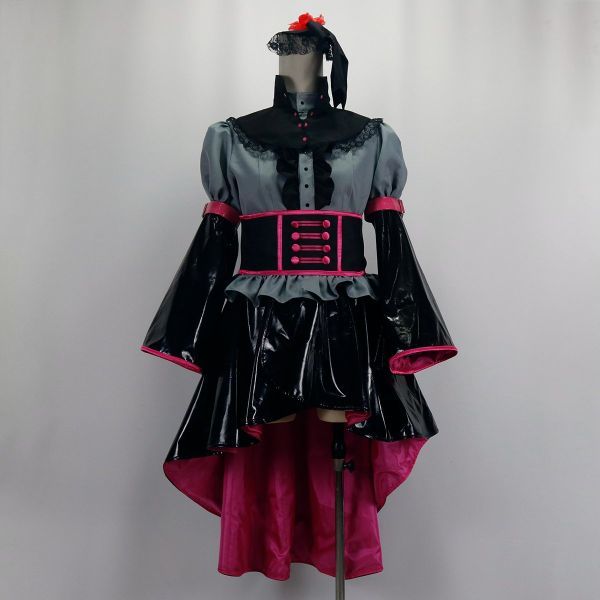
新入荷再入荷
MONCLER / G32-003 CLASSE1 ネイビー ダウン Lサイズ
 タイムセール
タイムセール
終了まで
00
00
00
999円以上お買上げで送料無料(※)
999円以上お買上げで代引き手数料無料
999円以上お買上げで代引き手数料無料
通販と店舗では販売価格や税表示が異なる場合がございます。また店頭ではすでに品切れの場合もございます。予めご了承ください。
商品詳細情報
| 管理番号 | 新品 :36413310 | 発売日 | 2025/02/22 | 定価 | 59,800円 | 型番 | 36413310 | ||
|---|---|---|---|---|---|---|---|---|---|
| カテゴリ | |||||||||
MONCLER / G32-003 CLASSE1 ネイビー ダウン Lサイズ
正規品コートカバー・ハンガー付き! 「MONCLER / モンクレール」メンズダウン G32-003 CLASSE1 ネイビー / Lサイズ 【商品詳細】 ■ブランド名 MONCLER (モンクレール) ■型番 G32-003 ■色 ネイビー ■素材 ナイロン ■サイズ 3 (Lサイズ相当) ■肩幅 約47cm ■着丈 約75cm ■身幅 約57cm ■袖丈 約69m ■付属品 コートカバー、ハンガー 【商品状態】 表面に目立つ傷や汚れなどはございません。 袖口や首元もシミや汚れがなくキレイです。 ボタンなど経年劣化で多少擦れている部分がございますが目立ちません。 内側のダックのイラストのタグが、上下解れております。 8~9枚目の写真でご確認下さいませ。 ーーーーーーーーーーーーーーーーーー 衣装持ちの夫が断捨離を決意して、現在どんどん出品中です! 身長170cm前後 & 普通体型の方で、 ぴったり~少し余裕をもったサイズ感がお好きな方ならキレイに着ていただけると思います。 内側のタグは解れていますが、他は良い状態です(^ー^) 割りきってバイク用の上着にするなど、お好きな着方でご活用ください! 個人保管ですのでその点をご理解ください。 #モンクレール #MONCLER #ダウン #ダウンジャケット #ガムブルー #カナダグース #プラダ #PRADA #CANADAGOOSE カラー...ブルー 柄・デザイン...プリント(ロゴなど) ジップ・ボタン...ジップアップ フード...フードあり(取外し可) 季節感...秋, 冬

































